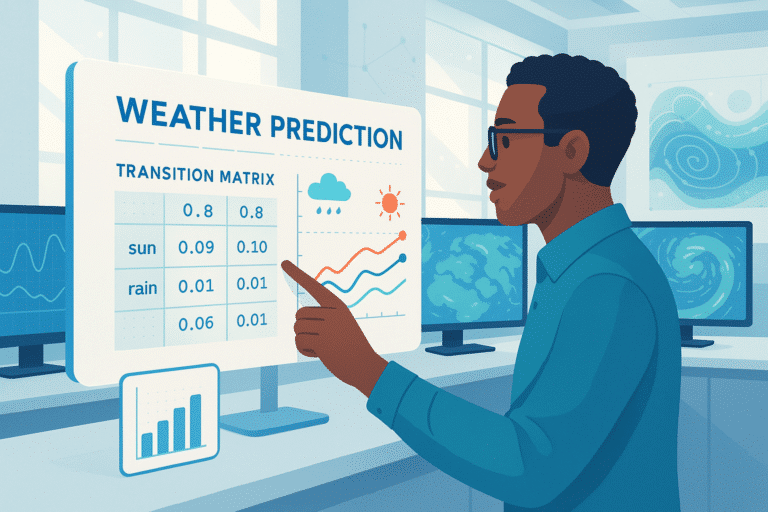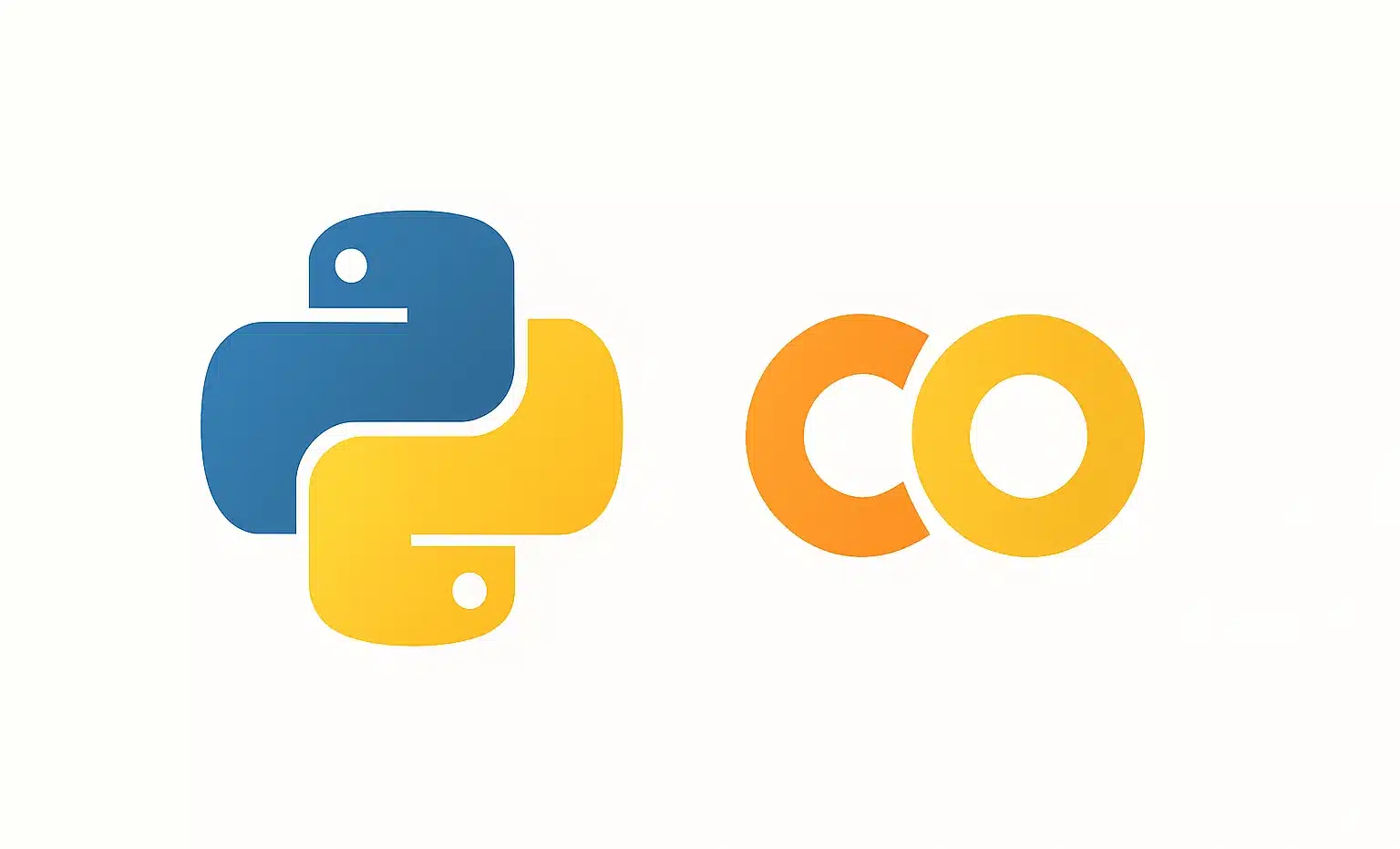What is Stochastic Modeling?
Stochastic modeling involves a mathematical technique that depicts the progression of a system subjected to random influences on certain components.
Instead of providing a single outcome, the model assigns a probability distribution to potential outcomes, enabling the simulation of various scenarios and measuring uncertainty. This method differs from deterministic models, which yield the same result from identical initial conditions. Practically, the system’s state is characterized by a random variable (or a vector), and its progression over time is observed through a stochastic process.
Fundamental Concepts
- Random variable: a numerical quantity whose value depends on a random draw; it is characterised by a distribution (Gaussian, exponential, binomial, etc.).
- Gaussian vectors: This extends the normal distribution into multiple dimensions. Gaussian vectors are completely described by their mean µ and their covariance matrix Σ. They are used when modeling multiple interrelated variables at the same time.
- Markov chains: These are discrete processes where the future state depends only on the current state, commonly used to model queues or reliability systems.
- Brownian motion and Poisson process: These are fundamental for describing continuous diffusion (like fluctuations in stock prices) and the occurrence of rare events (such as insurance claims), respectively.

Simulation and Estimation Methods
Modeling is frequently supported by a Monte Carlo simulation: simulating thousands of random trajectories to analyze the distribution of quantities of interest (such as means, quantiles, and extreme risks). If the model includes many unknown parameters, MCMC (Markov Chain Monte Carlo) methods can sample their posterior distribution, facilitating coherent Bayesian inference. Occasionally, semi-analytical methods are preferred: using the Laplace transform for compound Poisson processes or series expansion for Gaussian fields.
Major Application Domains
| Sector | Addressed Problem | Example of Model |
|---|---|---|
| Finance | Valuation of derivatives and risk measurement | Geometric Brownian Motion (Black-Scholes) |
| Insurance | Loss projection and solvency | Non-homogeneous Poisson process |
| Telecommunications | Network sizing and queuing | Discrete-time Markov chains |
| Engineering | Reliability of complex systems | Survival process with censoring |
| Life Sciences | Epidemic spread or genetic dynamics | Branching process |
In finance, stochastic diffusion models accommodate price volatility and aid in developing hedging strategies. In telecommunications, modeling traffic as a random packet flow prevents excessive overcapacity while maintaining service quality.

Iconic Example: The Black-Scholes Model in Finance
A renowned instance of stochastic modeling is the Black-Scholes model, employed in evaluating financial options. It presumes that an asset’s price follows a geometric Brownian motion, a continuous stochastic process that facilitates modeling of both the trend (average returns) and the volatility (uncertainty) in the market.
This model makes it feasible to derive a closed-form expression for the theoretical price of an option based on factors like time, the asset’s underlying price, the risk-free interest rate, and projected volatility. This method revolutionized financial markets by introducing systematic quantitative methodologies in pricing and risk management, and it earned its creators the Nobel Prize in Economics in 1997.
Conclusion
Situated at the confluence of probability, statistics, and computer science, stochastic modeling supplies a solid framework for grappling with uncertainty. From Gaussian vectors to Markov chains to Monte Carlo simulation, it offers a collection of methods tailored to contemporary challenges—be it assessing financial risk, predicting a component’s lifespan, or modeling the spread of an epidemic.
Selecting the appropriate method involves understanding the nature of the data, operating constraints, and the needed precision; yet when these conditions align, the stochastic model becomes an invaluable instrument for informed decision-making in a world full of uncertainties.











